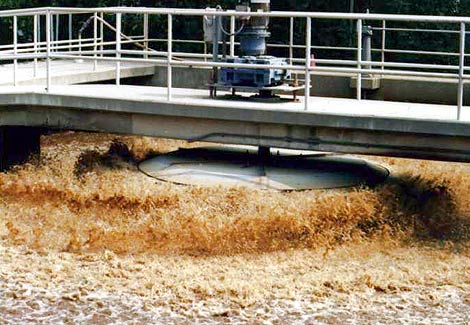Cow
Senior Member
- Location
- Eastern Oregon
- Occupation
- Electrician
What does your AHJ say about disconnect location for a submersible well pump? Should you put submersible disconnect within 50 feet of the pump within the well casing?
That isn't logical, besides the exception already covers that scenario...
(a) Where such a location of the disconnecting means
for the motor is impracticable or introduces additional or
increased hazards to persons or property
(b) In industrial installations, with written safety procedures,
where conditions of maintenance and supervision
ensure that only qualified persons service the equipment
Hopefuly they wear the appropriate arc-flash PPE when they disconnect the plugs?!
I don't worry about that, it's not my responsibility to enforce other peoples safety policies....
Last edited:



